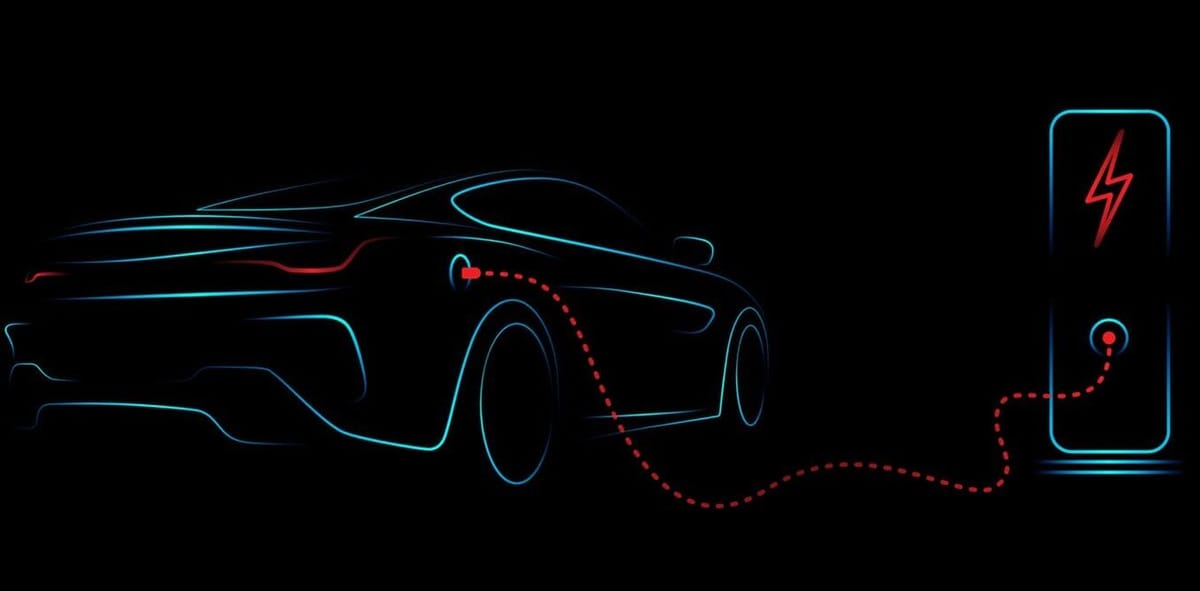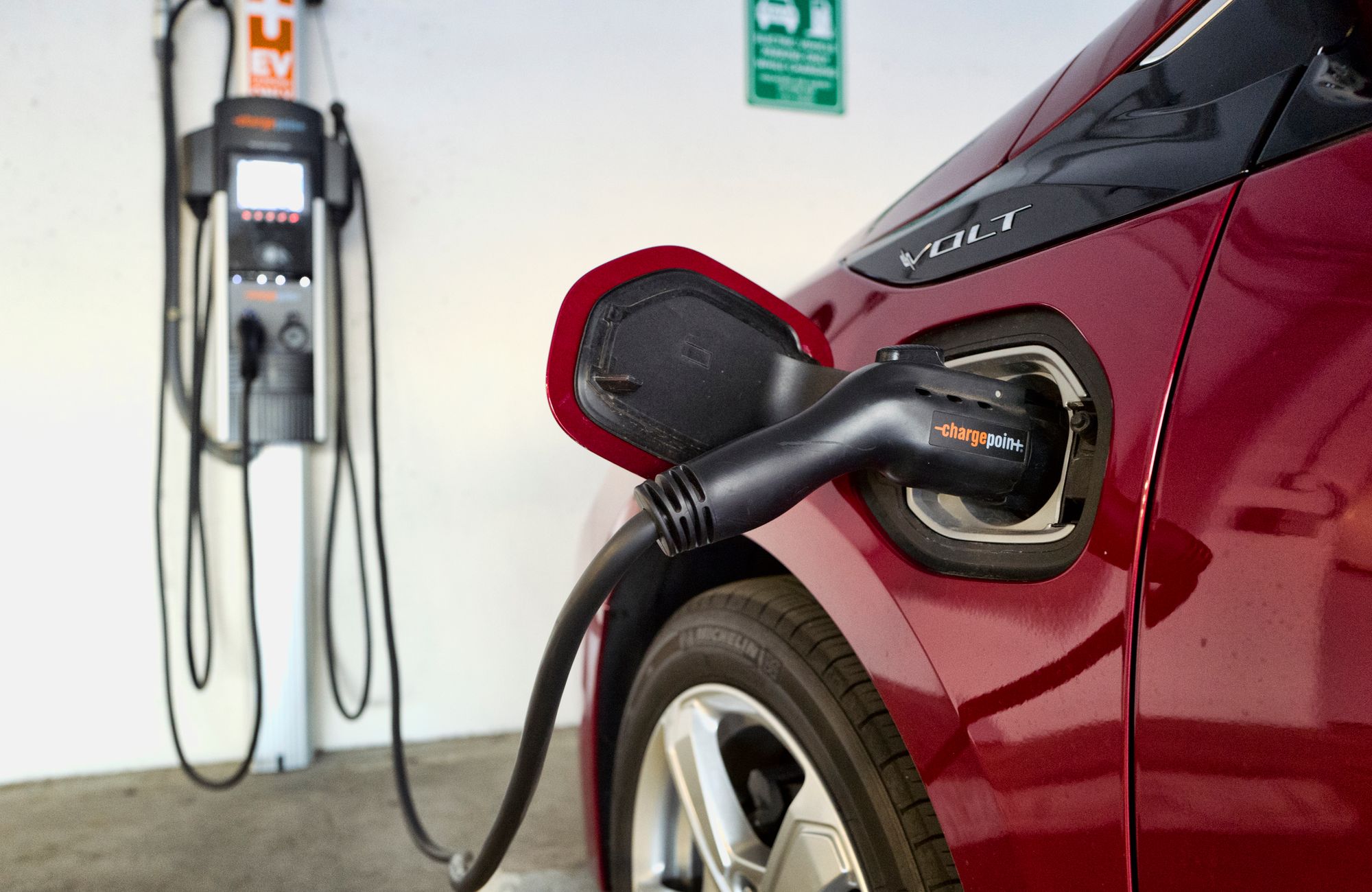Public Fast-Charging will fasten shift to electric vehicles.
The charging environment is still very new. But as sales of electric vehicles rise and battery ranges increase, customers will develop a broad range of needs, from private charging at home and at work to public charging while traveling and at destinations.


The charging environment is still very new. But as sales of electric vehicles rise and battery ranges increase, customers will develop a broad range of needs, from private charging at home and at work to public charging while traveling and at destinations. And these needs must be addressed as seamlessly as those related to gas-powered vehicle travel currently are.
Public charging infrastructure is expanding exponentially. While many public chargers are simply Level 2 units, others offer DC fast-charging – often called Level 3 charging – which can add 50 to 150 miles in about 30 minutes. While some public charging options are free, most require a membership – as well as your credit card. If you don’t own a Tesla, you’ll have to set up an account with a charging network, such as ChargePoint, Blink, or EVgo.
The size and specification of the battery can take 30-80 percent charged at the fastest charging stations. Companies are developing new lithium-ion battery materials and new solid-state batteries that are more stable at faster-charging speeds. They could place recharge rates of 20 minutes or less within reach.
Recently, scientists came up with a lithium battery prototype that is still in laboratory conditions, can recharge more than 50 percent of its capacity in just three minutes, and do so thousands of times without significantly degrading.
Public charging speed depends on several factors, including which EV you own, your car’s state of charge, the temperature outside, etc. In addition, fast-charging stations tend to be inconsistent when it comes to charging speed unless you’re using the Tesla Supercharger network. All of Tesla’s standard Superchargers should offer the same experience, and its new V3 Superchargers can add as many as 75 miles in five minutes, or nearly 200 miles in 15 minutes.
Most chargers today are slow—below 22 kilowatts (kW)—but customers’ preference for speed and ease will make fast chargers (22kW to 149kW) and high-power chargers (more than 149kW) increasingly popular. High-power chargers can charge EV batteries 15 to 30 times faster than the average slow charger.
At high charging speeds, lithium batteries can overheat, causing them to degrade over time. More problematically, lithium can start to build upon the surface of the anode instead of entering it, a phenomenon known as lithium plating. Not only can that drastically reduce the battery’s capacity, the lithium deposits eventually form filament-like structures known as dendrites. Once they start forming, those dendrites can grow across the electrolyte, touch the cathode and create a short circuit, causing the battery to catch fire or explode.
It’s important to note that some EVs don’t come equipped with the ability to DC fast-charge, or they only offer it as an available feature that costs extra. Make sure you do your homework if you plan to rely on public charging. The vehicle you choose, its range, and charging speed will all have a major impact.
Unlike home charging, where users primarily require practical and affordable charging hardware and the ability to track and manage their energy consumption, customers’ needs en route and at destinations are different. En route, the search for charging stations must be easy and convenient, which means users need high-speed charging to minimize wait times, broad and reliable network coverage, and simple payment mechanisms. For destination charging, at the supermarket, shopping mall, or sports arena, for example, users expect convenient access and attractive locations and offerings.
To meet these needs, a value chain has emerged. It includes:
- Equipment Supply. Engineering, manufacturing, and selling AC and DC chargers.
- Installation and Field Services. Preparing sites and installing the chargers, routinely checking them, making repairs, and providing cleaning services.
- Site Ownership and Asset Ownership. Investing in sites and chargers, sourcing electricity from utilities, and selling it to end-users at a markup.
- Charge Point Operation. Running the charge points at stations. This entails connecting chargers to e-mobility service providers (e-MSPs), monitoring charger status, and coordinating maintenance. While charge point operation is a value-chain step, the term “charge point operator” or “CPO” is commonly used to refer to the pioneers that operate and lease or own EV charge points and charge point establishments, companies such as Allego, Fastned, and IONITY the EV equivalent of the gas station.
- E-Mobility Services. Providing charging and other mobility services to end-users. These apps- or charge-card-based services include service maps, payment mechanisms, and roaming services, in which the end-user can charge at different charging networks with one charging card.
Reference
i) Madeleine. S (2021) Will charging electric cars ever be as fast as pumping gas?
ii) Markus. H, Christian W, et all (2021) Winning the Battle in the EV Charging Ecosystem




